May Family Crest, Coat of Arms & May Name Origin
|
|
|
|
|
| Return to Home page | Bookmark this page | Link to this page | Send a May Postcard |
| Find Your Name | ||||||||
| A | B | C | D | E | F | G | H | |
| I | J | K | L | M | N | O | P | |
| Q | R | S | T | U | V | W | X | |
| Y | Z | |||||||
May Family Crest


Origin of the Name May
The ancient history of the name May was found in the allfamilycrests.com archives.
Over the centuries Surnames developed a wide number of variants. Different spellings of the same name can be traced back to an original root. Additionally when a bearer of a name emigrated it was not uncommon that their original name would be incorrectly transcribed in the record books at their new location. Surnames were also often altered over the years based on how they sounded phonetically and depending on the prevailing political conditions it may have been advantageous to change a name from one language to another.
Variants of the name May
include Mea, Mawe, Mayo, Mee, Mea, Maye, Mey and Meye. Meaning 'the may', a nickname for a young lad or girl, this name is of Anglo-Saxon descent spreading to the Celtic countries of Ireland , Scotland and Wales in early times and is found in many mediaeval manuscripts throughout these countries. Examples of such are a Richard le Mey, Huntingdonshire, and a Bateman le May, Bedfordshire, who were recorded in the 'Hundred Rolls', England , in the year 1273. A Willemus May was recorded in the 'Poll Tax' of the West Riding of Yorkshire in the year 1379. In Scotland , a William May rendered homage at Berwick, in the year 1291, and a David May had a feu of the lands of Chapeltoun from the Abbey of Culross in the year 1597. In Ireland this name is derived from the native Gaelic O'Miadhaigh Sept, who were located at Teffia in County Westmeath. The placename Clonyveey, meaning 'O'Mey's Meadow' still exists there to this very day.
The May coat of arms came into existence centuries ago. The process of creating coats of arms (also often called family crests) began in the eleventh century although a form of Proto-Heraldry may have existed in some countries prior to this. The new art of Heraldry made it possible for families and even individual family members to have their very own coat of arms, including all May descendants.
|
WONDERFUL GIFTS FOR EVERY OCCASION
Show Off Your Heritage With Our Range Of Top Class Gifts For Your Family Name! VERY LIMITED TIME OFFER: FREE DELIVERY!!! |
||
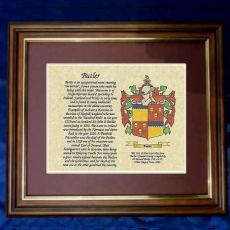 Parchment Prints: Framed, Unframed, Perfect  |
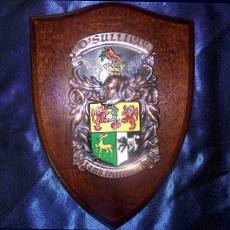 Researched Hand-Painted Plaques & Shields  |
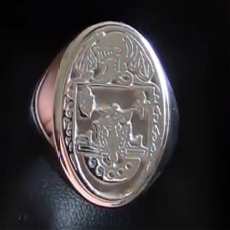 Incredible Hand-Engraved Signet & Seal Rings  |
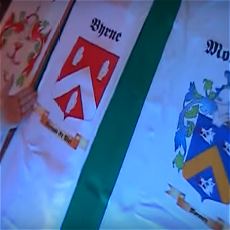 Get your Family Crest Flag, on Ireland or White background!  |
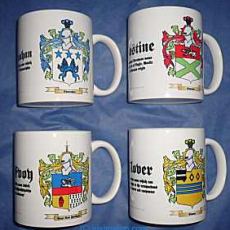 Personalized Coffee Mugs Make Thoughtful Personalized Gifts  |
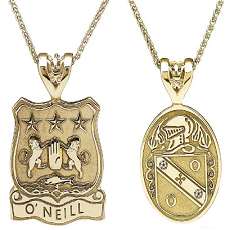 Engraved Pendants in Gorgeous Gold or Stylish Silver.  |